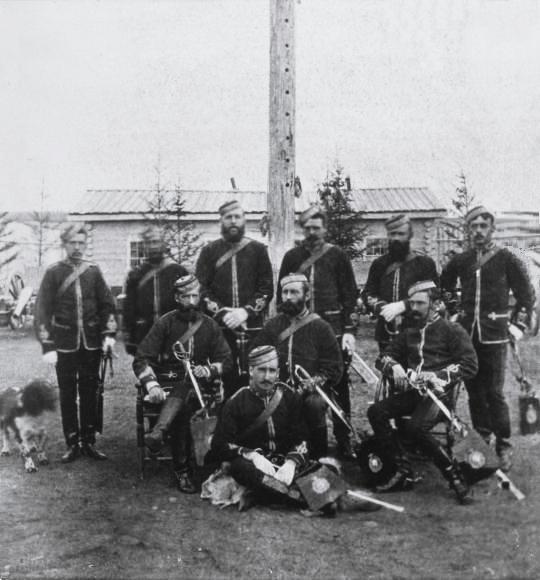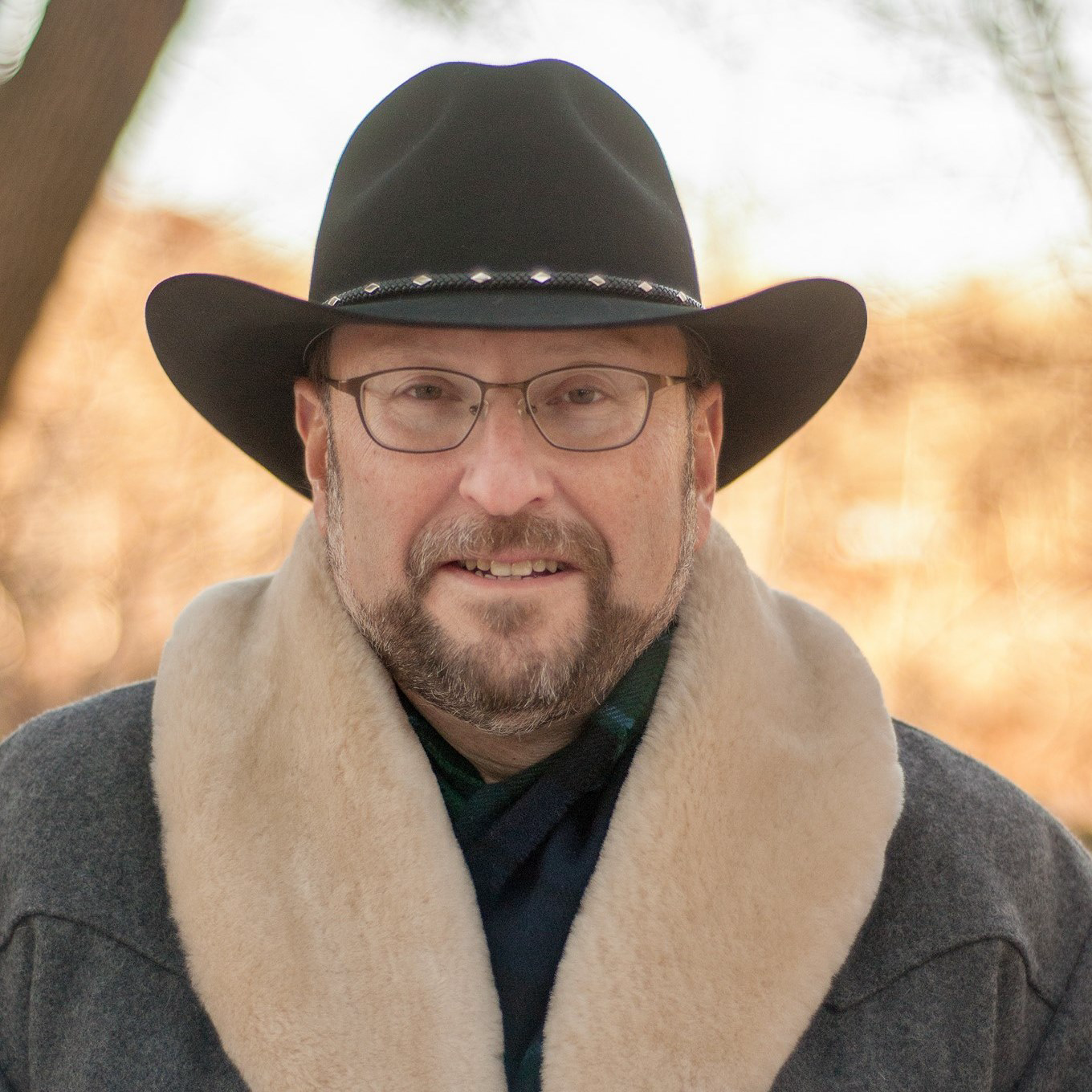
Mounties at Fort Walsh in 1878.
Written by guest blogger Pierre M. Atlas.
With the publication of my article, “Frontier Violence and Law and Order” in UTP’s International Journal of Canadian Studies, I have come full circle. My undergraduate experience at the University of Toronto in the 1980s first made me a comparativist, and then helped to reset my research agenda 30 years later.
I arrived in Toronto in the fall of 1980 as a 17-year old political science major from the American West, born in Texas and raised in southern California. Among the fascinating contrasts between the United States and Canada, I was most struck by the cultural and political differences, especially when it came to attitudes toward the role of government in society and the economy. For example, I was truly shocked to learn of the Ontario Film Censor Board, which had the power to cut “objectionable” scenes from movies before they were screened in Toronto theatres.
What surprised me even more than the existence of the censorship board was the sanguine, even accepting attitude of the Canadian students when I brought up the subject. To a person, they told me they had no problem with such governmental restrictions of individual choice, since they were for “the good of society.” I didn’t realize it at the time, but I was seeing, first-hand, empirical support for the “origins thesis” articulated by Seymour Martin Lipset. Whereas the United States was a revolutionary society founded on the motto, “Life, Liberty, and the Pursuit of Happiness,” Canada, Lipset argued, was a “counter-revolutionary” society that has always stressed the more communitarian values of “Peace, Order, and Good Government.”
My interest in understanding the differences between these North American neighbors took on a more specific focus once I enrolled in Sylvia Van Kirk’s “History of the Canadian West, 1670-1885” in my third year at the U of T. We read her recently published work on women of the fur trade, Many Tender Ties, but what was most impactful for me was studying the developmental trajectory of the Canadian West and how it so differed from the American frontier, due in large measure to the role of government and its enforcers, the North-West Mounted Police. From that point forward, I came to understand that, while America’s mythical western icon was the armed cowboy, for Canada, it was the Mountie.
Jump forward three decades. My graduate training as a comparative political scientist and much of my scholarly activity has focused on the Middle East, but my heart has always been in the West. Then one day, a student came into my classroom at Marian University wearing a t-shirt that said, “Canada: Living the American Dream without the Violence Since 1867.” It struck me that this statement captured some essential, empirical differences between the two countries, and my project of a North American comparative study began to gestate. As I tell my own students today, the quintessential question of comparative politics is, “Why here but not there?” Why and how did policies toward indigenous peoples differ between the US and Canada? How did frontier mythology take different forms in the two countries, and how did that help shape America’s gun culture? How and why was the law enforced differently in the American and Canadian Wests? These questions have driven my most recent scholarship. Given where this longstanding interest began, with my latest article published by the University of Toronto Press, I feel like I have come “home.”

Pierre M. Atlas is a Professor of Political Science and Director of The Richard G. Lugar Franciscan Center for Global Studies at Marian University in Indianapolis, Indiana, and writes a monthly opinion column for the Indianapolis Business Journal (www.ibj.com). His research focuses on the relationship between North American frontier history and contemporary political culture in the United States and Canada. He is author of “Of Peaceable Kingdoms and Lawless Frontiers: Exploring the Relationship between History, Mythology, and Gun Culture in the North American West” (American Review of Canadian Studies, 2019), and “Constructing and Enforcing the ‘Medicine Line’: A Comparative Analysis of Indian Policy on the North American Frontier” (American Review of Canadian Studies, 2016). His most recent article, “Frontier Violence and Law and Order: Historical and Geographical Variance in the Great Plains of the North American West” (International Journal of Canadian Studies, 2019) is free to read for a limited time here.
Comments on this entry are closed.